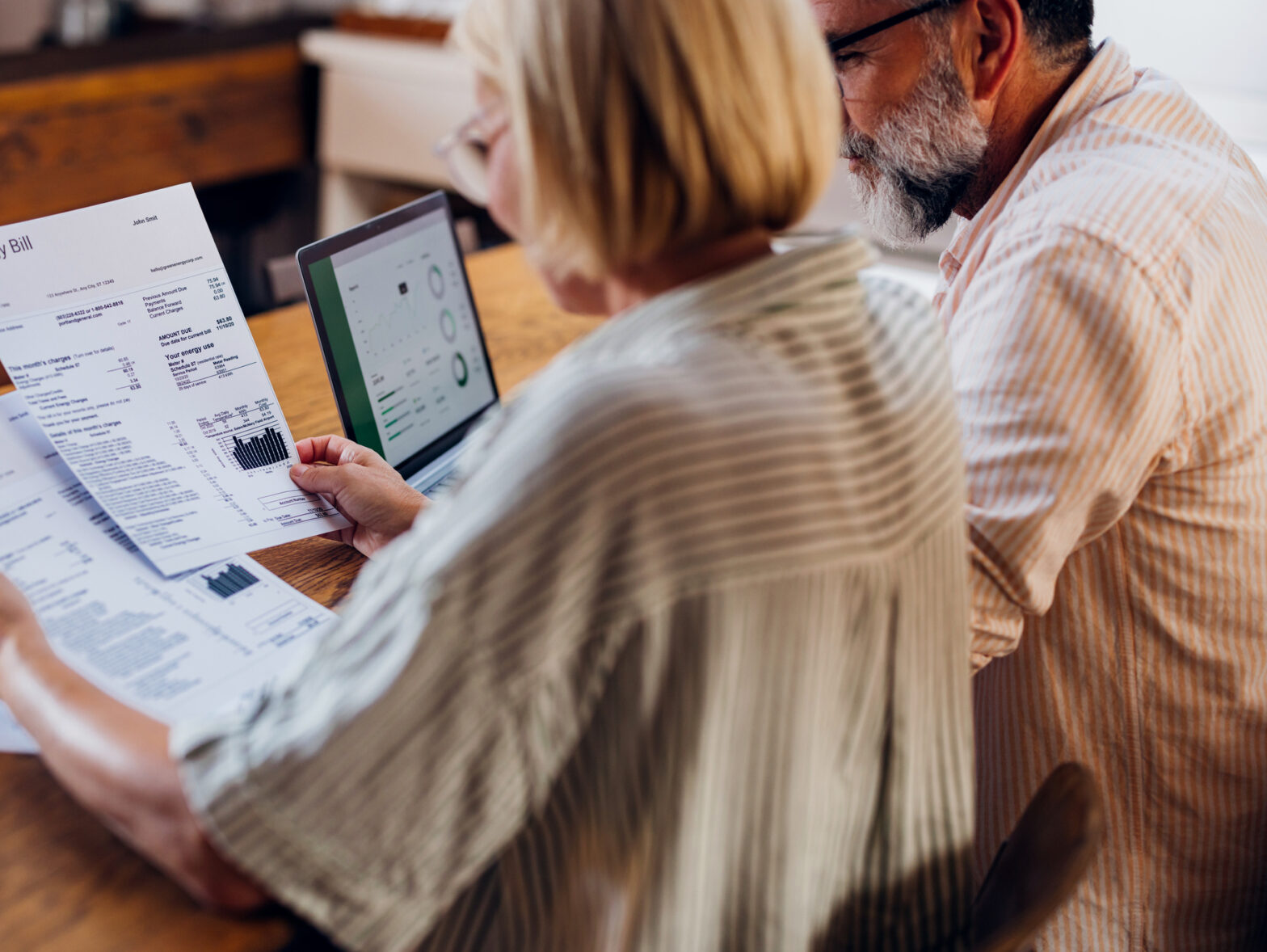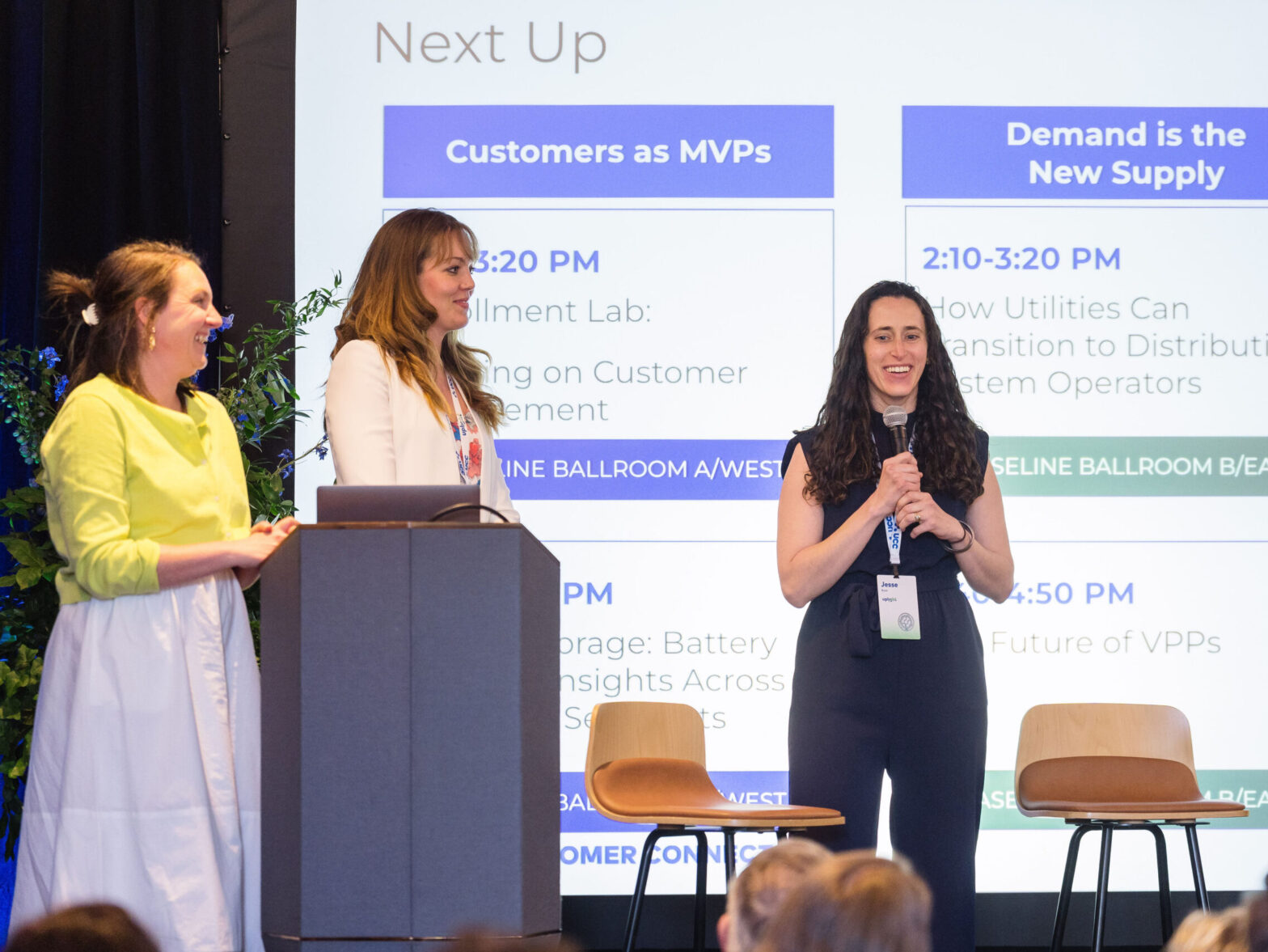Last fall, I had a burst of inspiration: I would use my just-sitting-useless mound of travel points to book a 3-week vacation to France for July 2021. I could see it. I could feel it. And in the case of the promise of Michelin-starred restaurants and alluring bubbles in the Champagne region, I was hoping to taste it, too. I made a promise to myself not to raise my hopes too high. If it worked out (i.e. I received a coronavirus vaccine in time, Europe was safe to travel to, COVID-19 cases reduced dramatically), then awesome. Bon voyage! If not, oh well; everything would be refundable and cancellable. Ça m’est égal.
With this promise to myself in place, I had a great time planning this maybe-holiday while dutifully staying at home through the winter. Then, in late January, the route from Denver to Paris was cancelled–not just my flight, but the whole route. In the moment, I was devastated, and I languished in indecision for a few weeks.
I recognize what I just described is not nearly as difficult as what others are experiencing through this pandemic (my heart especially goes out to those in Texas who experienced the extreme weather in February). I am not telling this story to garner sympathy about my dashed hopes of an indulgent vacation. Instead, I wish to impart what I was able to see in myself. What I noticed in this space between initial emotion to practical action was that the horizon that I was subconsciously working toward had been upended. As a result, I felt stuck and I thought, “I am sprinting every day, but what am I running toward?”
At this point in time I was reading “The Advantage” and “Essentialism,” two exceptional books that both espouse having clarity of purpose in order to work toward something consistent with your individual or organizational values. “Clarity, clarity, clarity” is the mantra of “The Advantage” and here at Uplight we lean into that mantra to develop our company goals and priorities.
With those in place we then create goals for each department and team through successive steps of increasing granularity (e.g. Company → Product & Engineering → Product → Product Line, etc) until those high-level company goals can be traced down to how each individual informs overall progress. It’s a powerful process and allows one to stop being mired in the inessential and run toward your value-driven “why.” I admire this in my fellow Uplighters. We’re so driven by “why” and how we’re all going to achieve more together. It’s the beauty of working for a B-corp.
But I’ll be honest with you: even with these clear purpose-filled goals, the past few months have been tough. If you’re reading the same headlines that I am, it appears I’m not alone. I feel as if I have been all-out sprinting and doing my best to maintain the high-performance that I expect of myself. But sprinting for too long leads to “running on fumes” and eventually burnout.
Continually encouraging yourself to “work harder” while having no more to give does not allow space for thinking about the big picture, documenting personal values, or even a quick change of gears from “go mode” to choosing only items that serve you to your core. So yes, I felt a little stuck. I understood that I needed “clarity, clarity, clarity” (thanks to Patrick Lencioni) and to choose essential activities over inessential (thanks to Greg McKeown), but I wasn’t sure how to get to those ideals from where I was.
Enter “Emotional Agility” by Susan David, my most recent weekend read, which like the other books mentioned details the benefits of having clarity of purpose with the added dimension of tools and thought patterns for how to set aside the “flight or fight” mode without passing judgment on where I have been. The tools are the same ones you’ve heard from other places: write down your anxieties in a journal, become more mindful through meditation, practice self-compassion by imagining you’re giving advice to a friend, etc.
But with those suggestions alone it’s easy to be bogged down in all that you’re already doing and hard to imagine how to add another thing. The principles in this book and the concept of emotional agility strikes the right balance between theory and practice. It not only guides you to meditate more (if it serves you), but also how to create space between emotional reaction and the more reasoned response. To tie it back, emotional agility allows you to consciously move out of the devastation of a cancelled trip (that actually symbolized hope at the end of a protracted stay-at-home period) to being able to cancel those reservations and move on to your next great adventure.
As the pandemic continues, Zoom happy hours continue to be commonplace, and “around my neighborhood” continues to be my most far-flung travel destination, I feel more equipped to determine signal amongst all the noise. Sure, I may not be running toward that big trip this summer on the French Riviera. C’est la vie. But I am starting to figure out how to run toward something consistent with my why and my values. Parfait!
If you’re curious, in addition to the book, Susan David has other resources on the concept of emotional agility including at least one HBR article, a TED talk, and podcast episode that may resonate with you.




